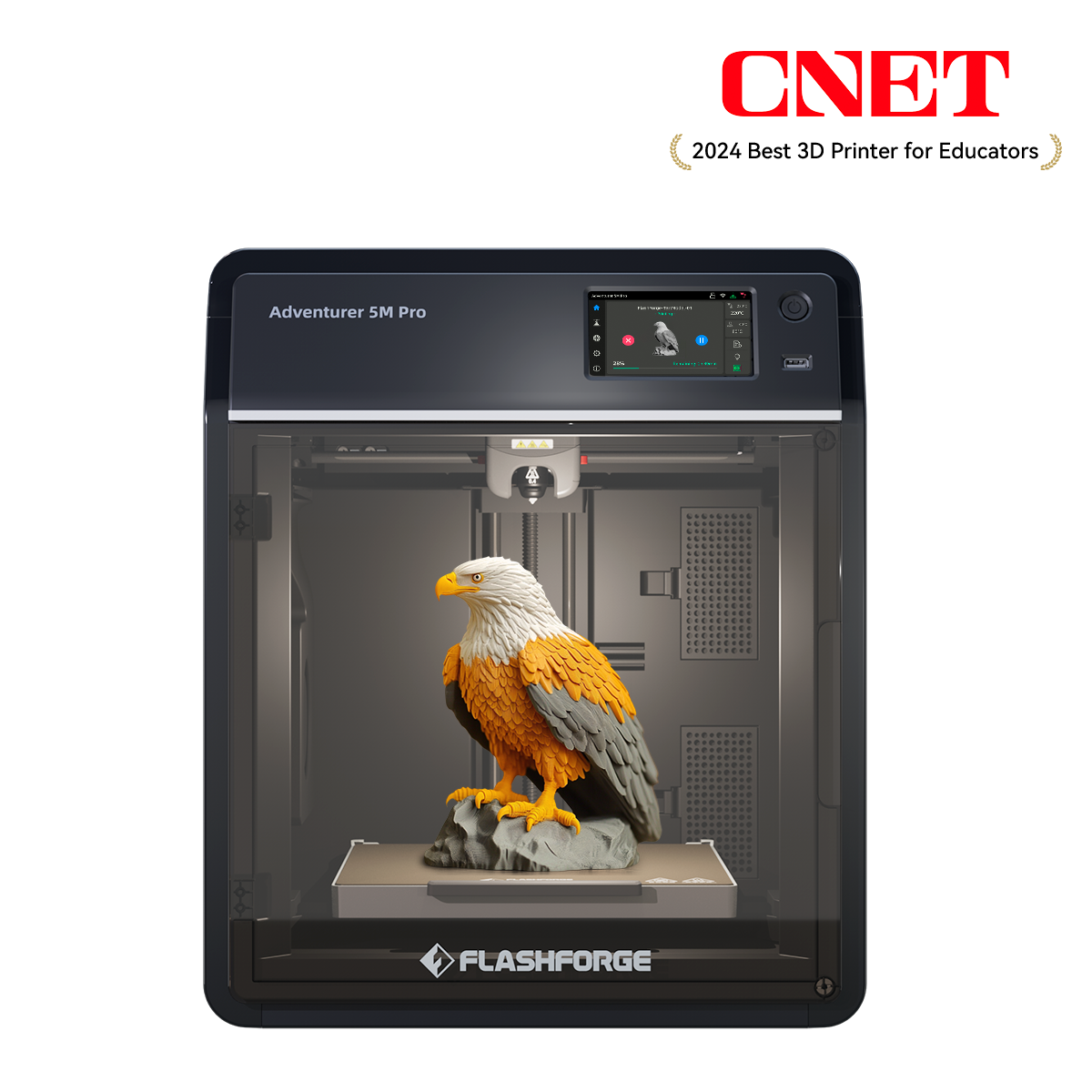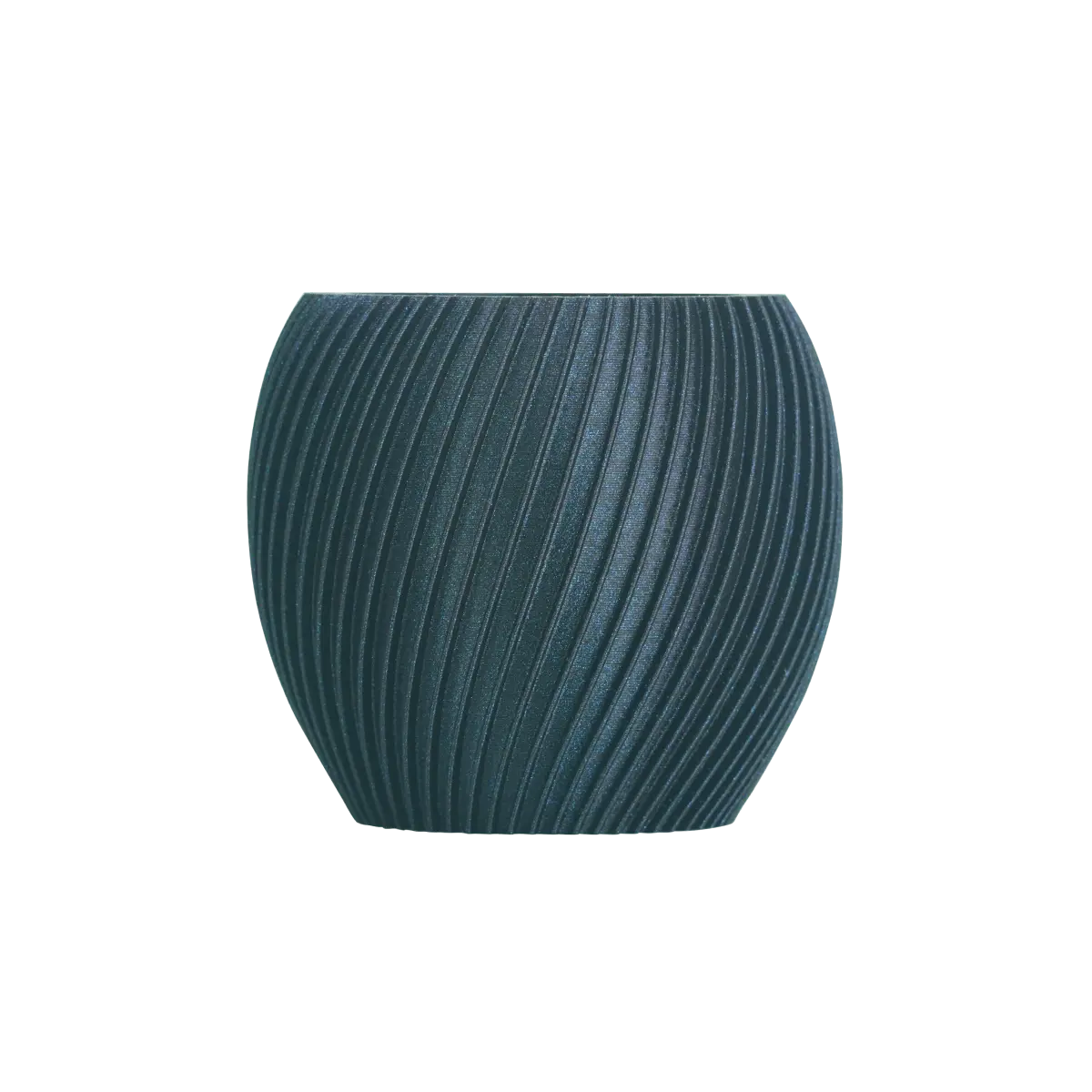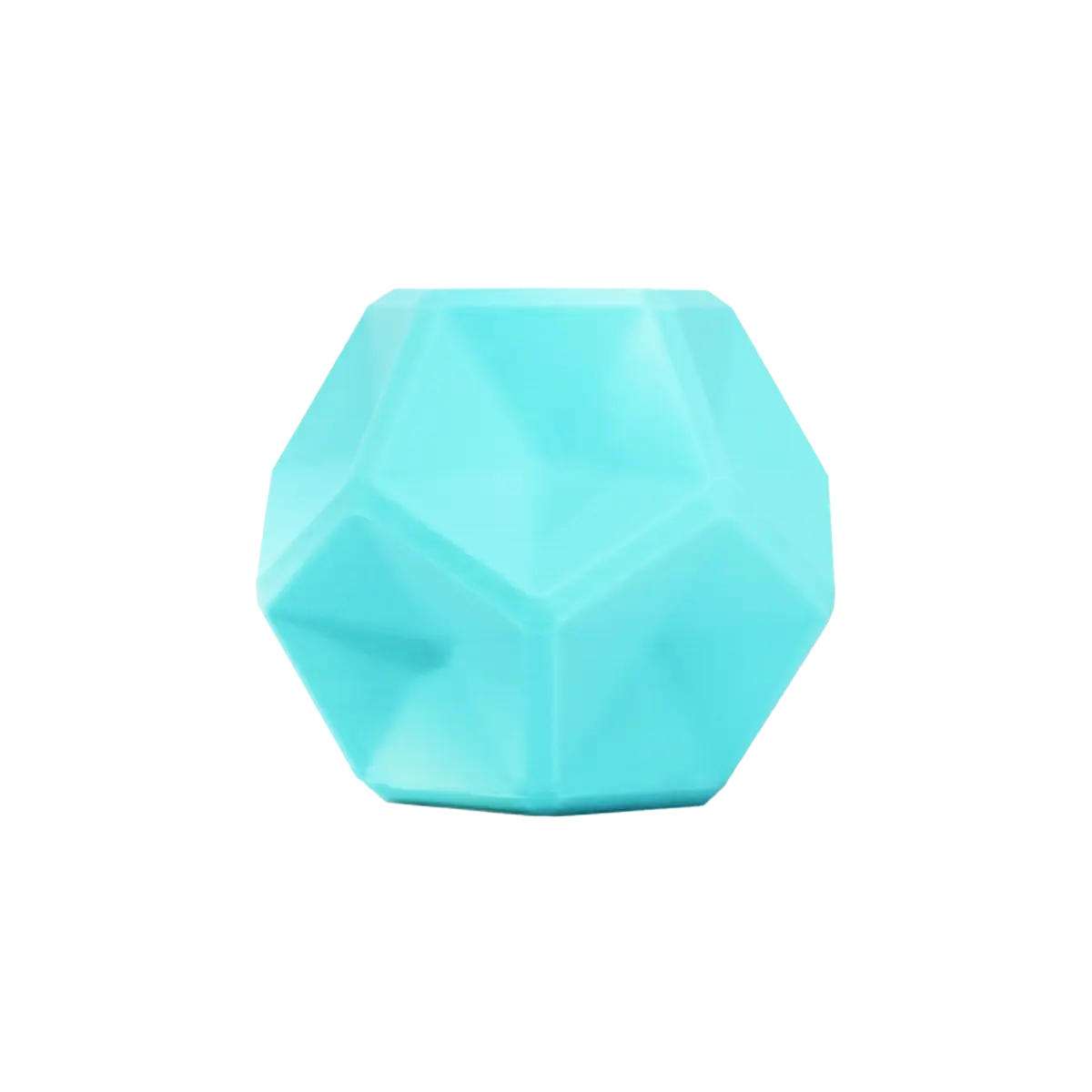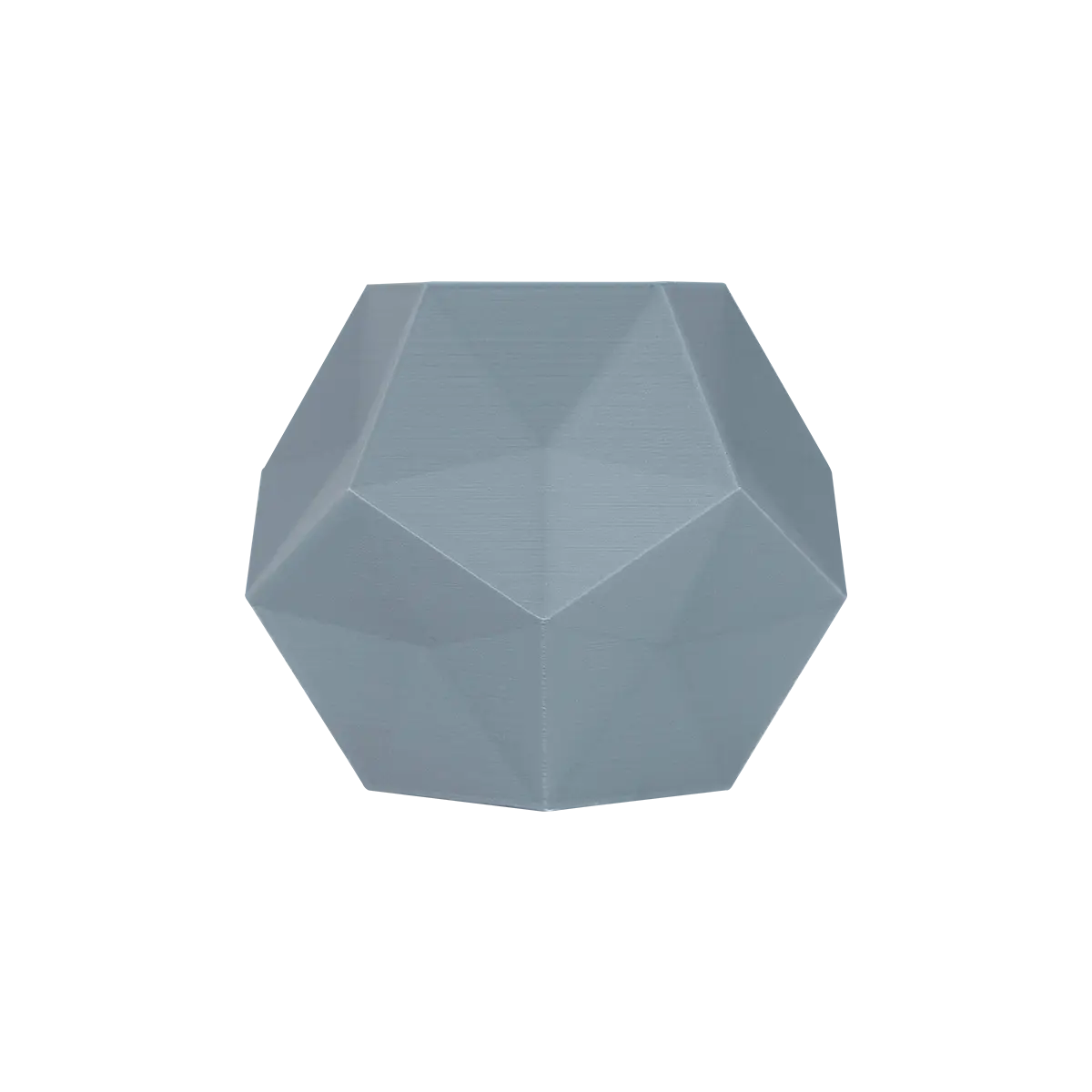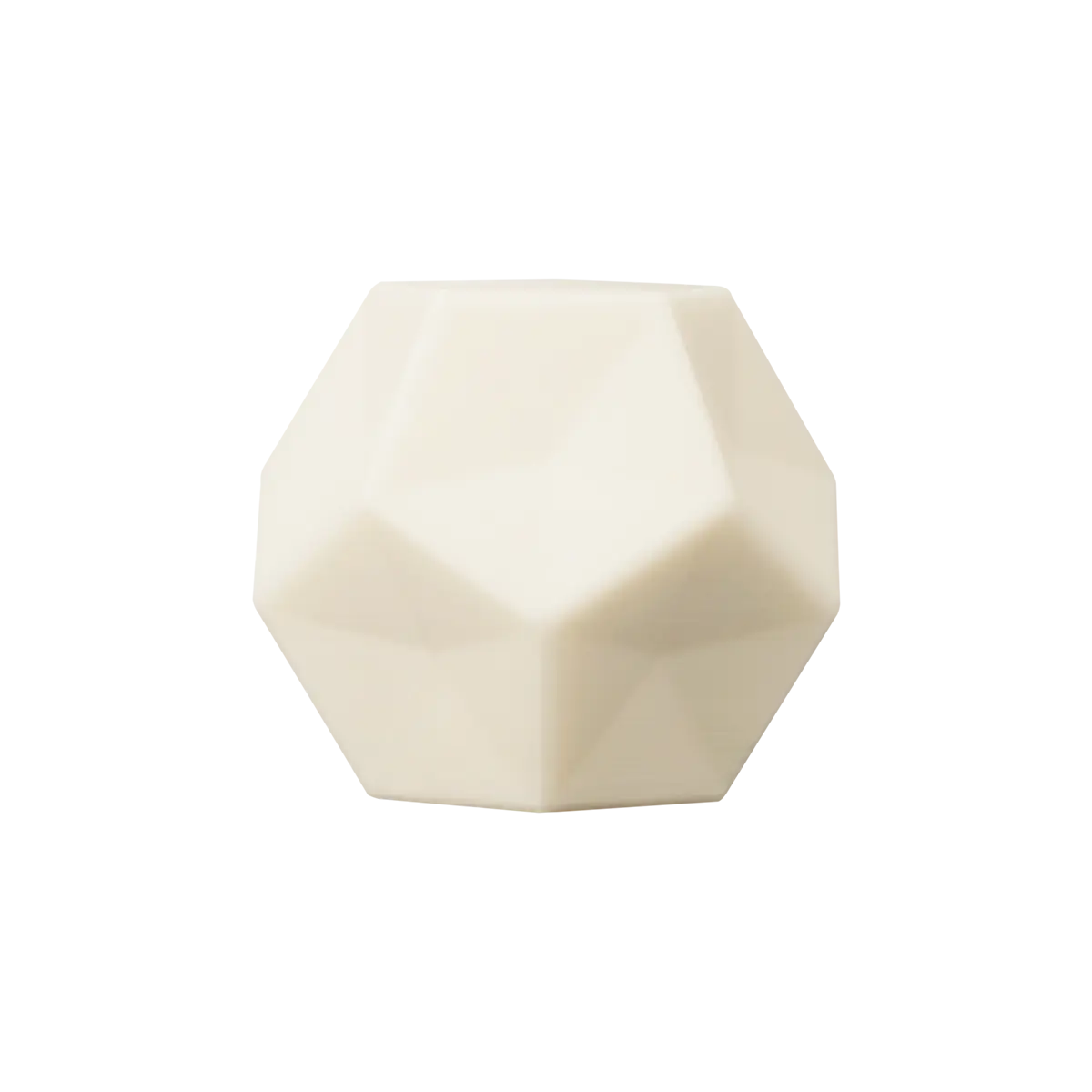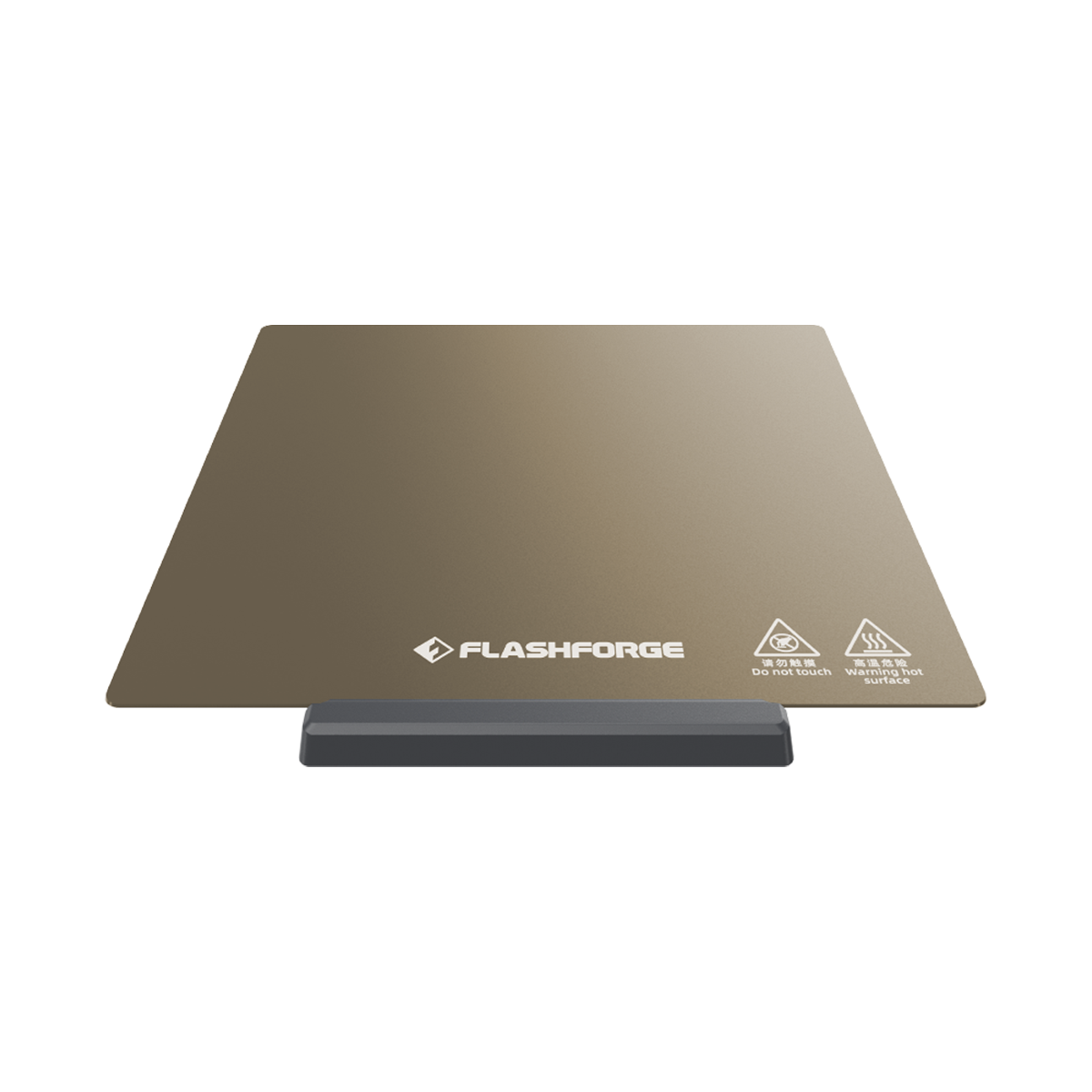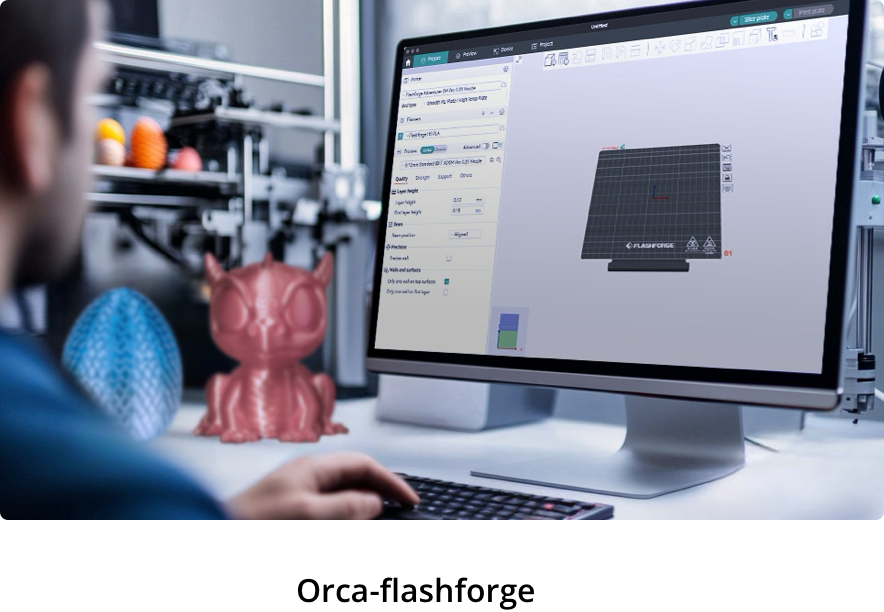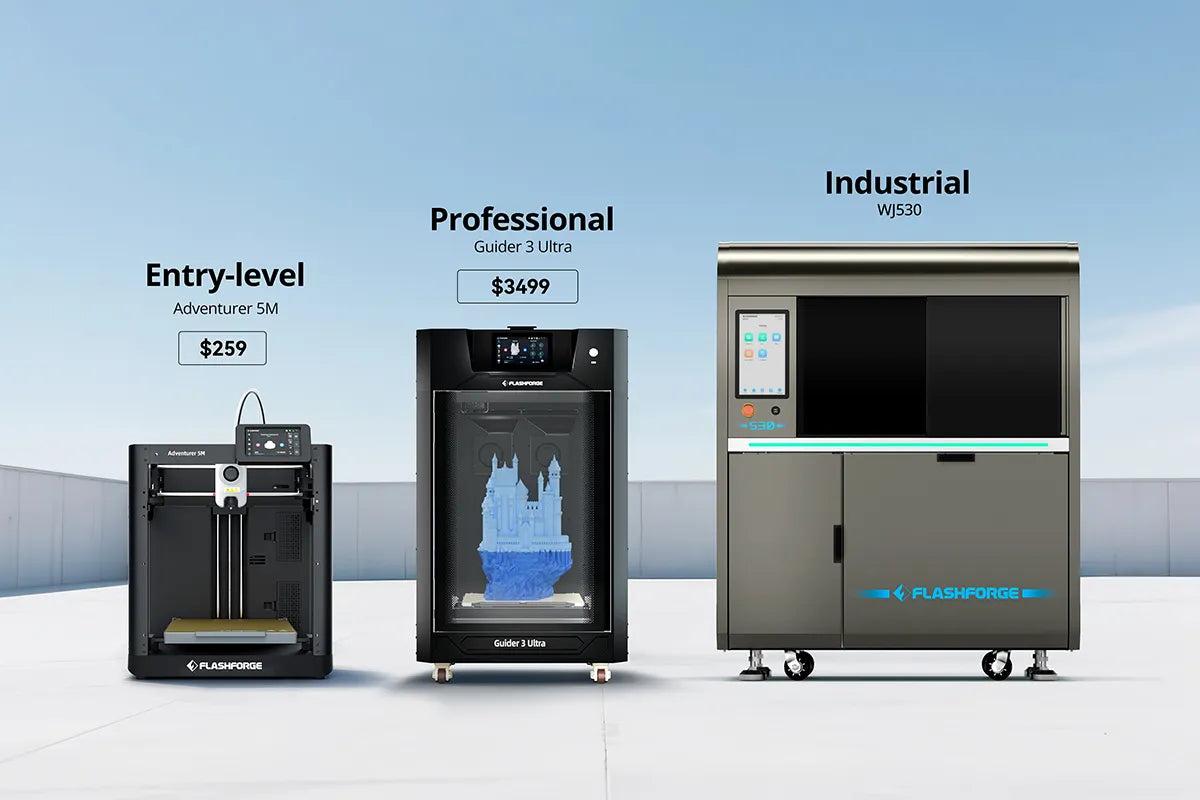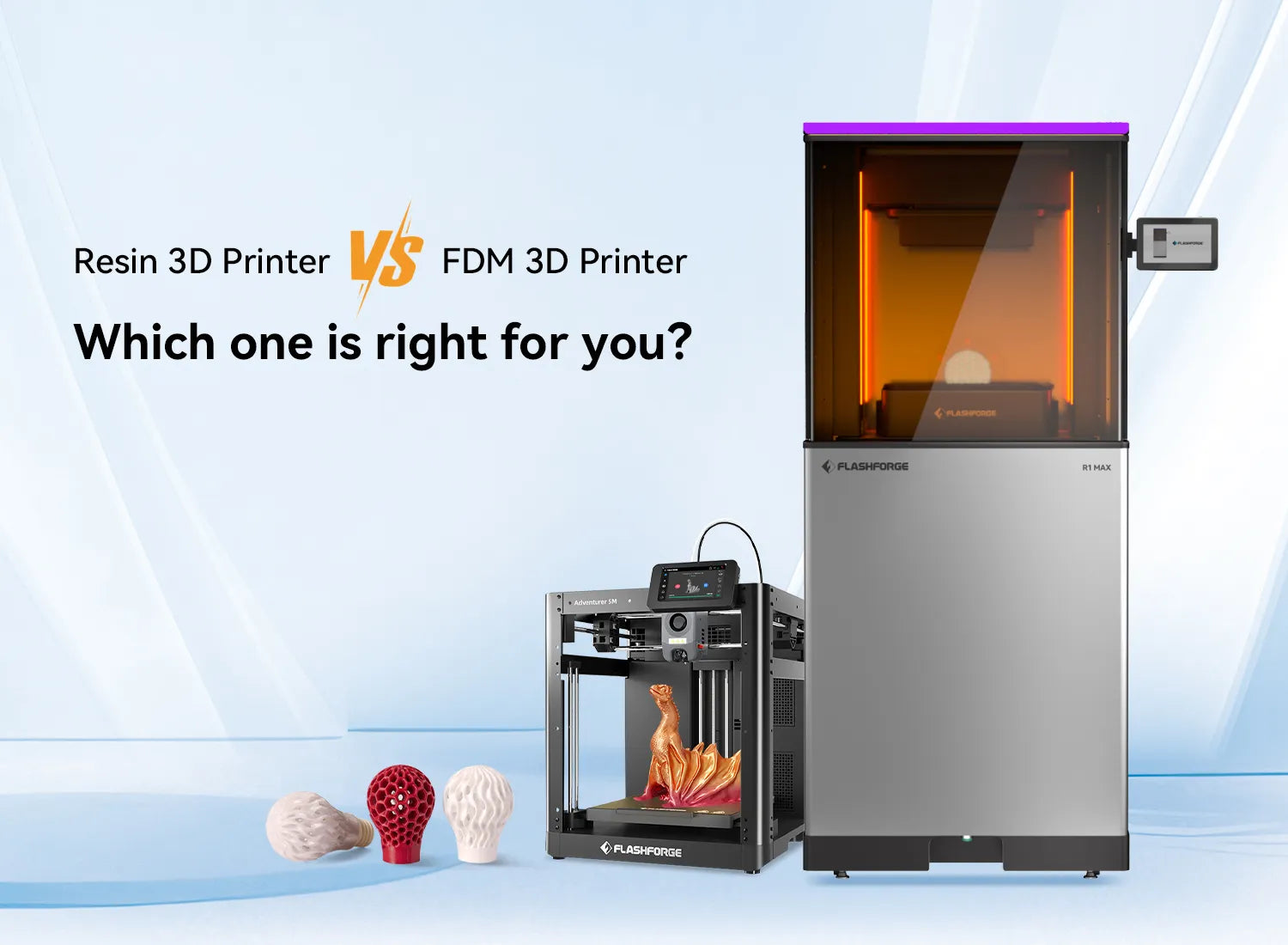Many dragon images in film and television have moved us deeply. Daenerys's three dragons in Game of Thrones redefined the visual representation of epic dragons, while Draco in Dragonheart blends the divine and human qualities of dragons in Western mythology. Have these breathtaking dragon images on screen inspired you to create your dragon model?
Fortunately,
3D printer technology now allows you to turn your imagination of a 3D printed dragon into reality. This guide will help you with every stage, from selecting files and materials to printing, finishing, and painting your very own dragon.
Embark On Your 3D Printed Dragon Journey
There’s no one-size-fits-all when it comes to 3D printed dragons. From decorative miniatures to fully poseable models, each type offers something unique.
What Are 3D Printed Dragons?
3D printed dragons are one-of-a-kind dragon action figures generated using a 3D printer. They include basic rigid shapes as well as fully articulated, moving models. These printings permit individuals (artists and fans) to express their creativity in a way that simply is not possible with other, less robust methods.
What You’ll Learn In This Comprehensive Guide
This guide will help you:
-
Know the different types of dragons, and how to choose one.
-
Get down to how to get files ready, slice models, and the best materials for 3D printed dragons.
-
Learn to print, finish & paint!
-
Troubleshoot common printing problems and learn how to customise your print jobs.
Types of 3D Printed Dragons
From fan-favourite designs to personalized touches, there are countless ways to make your 3D printed dragon truly your own.
Articulated 3D Printed Articulated Dragon
These dragons are designed as articulated figures with joints and can be posed in various positions. They have gained widespread popularity as they can be flexed and posed right out of the print bed with no assembly required.
Fixed Pose Static Dragon 3D Print
Static dragon models are great for display pieces and can have more detail than articulated prints. They are perfect for painting and displaying on your wall as decoration.
3D Printed Dragon With Wings
When wings are added, the model becomes more dynamic, but also more complicated. Printing needs support structures and attention to slicing settings to get the wings detailed perfectly.
3D Printed Dragon With Egg
These original pen and ink drawings usually feature a dragon emerging or sitting beside an egg. They are also a beautiful display model, a collectible gift.
Popular Dragon Models and Creative Customization Ideas
Some favorite picks are crystal dragons, baby hatchlings, and fierce fantasy dragons. Creating scaled textures, horns, and, if you wanted, patterned wings could make your model unique.
Choosing the Right 3D Printer Dragon File
For different preferences and models, choosing the right file is the key. There are various 3D printer files you can look at.
Top Free Sources
There are a number of free dragon STL files at sites like Thingiverse, Printables, MyMiniFactory, and MakerWorld that can cater to all skill levels.
Premium Curated Sources
Platforms like Cults3D and Orca-Flashguarde is offering some nice-looking pays, highly detailed dragons with professional design.
Utilizing STL Finder for Comprehensive Search
STL Finder takes inspiration from various websites and combines ideas into a single tool so that one doesn't have to visit each website to find the same styled STL files.
Understanding Licensing and Usage Rights
Always be sure to see if a file is for commercial use or just personal use to stay out of trouble with legal issues.
How to Verify a Good STL File
Look at user ratings, downloads, and preview images. If the model serves as a clean mesh with few errors, then it leads to only a few print failures.
Essential Tools and Materials for Your Dragon 3D Print Project
When you are going to print your 3D dragon, these are the key steps you should consider:
Choosing the Right 3D Printer
Best to use a decent FDM printer such as the Flashforge Adventurer 4, or a resin printer for super fine detail.
Selecting the Best Filament for Your 3D Printed Dragons
The PLA filament is the most easy-to-use. PETG and ABS are also common for their durability and smoother textures. Specialty choices such as silk PLA add a glossy finish to the scales. Visit Flashforge Filament Collection for more material types. Always choose the best filament for 3D printed dragons for your next dragon print job, according to the complexity model and finish required.
Specialty Filaments
Glow-in-the-dark filament or marble filament would work great with many dragon models.
Slicing and Printer Setup: Preparing for a Smooth 3D Printed Dragon
A great 3D print starts long before you hit “Start.” Proper slicing and printer setup are key to ensuring your dragon prints with clean lines, strong joints, and no failed parts.
Mastering Slicer Settings for Optimal 3D Printed Dragons
Use print layer height 0.12–0.2mm for detail (print at a larger layer height for faster print). Use at least 20% infill. Slower printing speed gives cleaner edges.
Ensuring Perfect First Layer Adhesion
There should be no tilting between the bed and pedestal; with adhesive products such as glue stick and PEI, it can be better to obtain a strong initial layer.
Support Structures for a Complex 3D Printed Dragon With Wings
Supports should be used sparingly to prevent damage, especially around underwing structures.
Test Prints
Verify calibration by testing a single part on a small scale before printing the whole thing in full.
3D Printing Process That Brings Your Dragon to Life
Watch those first layers to ensure they don’t come out of alignment. The printed times are long, depending on both - drag size and complexity, or can be 8-15 hours for an articulated stand-up dragon, 4-10 hours for non non-articulated stand-up dragon.
Removing Support Structures Carefully
Helpers and pliers are recommended to remove supports from delicate miniatures. The curled-up body and suspended wing membranes of complex 3D-printed dragon models often require support structures to prevent collapse during printing. However, traces may remain at the connection points between the supports and the model surface. If forcibly torn off, the fragile thin wings and sharp claws may be damaged.
For small and delicate dragon models, we can use needle-nose pliers or tweezers to gently peel off the supports, starting from the weakest point of the connection. If the supports are tightly adhered to the model, you can first carefully cut off the connection points with a utility knife, and then use fine sandpaper to polish off the remaining protrusions.
For 3D-printed dragons with movable joints, special attention should be paid to protecting the joint gaps to avoid scratches that may cause jamming.
Assembly
Some wings or tails need to be attached to models. Before assembly, check the joints for proper fit. If the joints are too tight, sand them until they fit smoothly. If they are too loose, apply a small amount of 502 glue to the joints, being careful to control the amount to avoid any excess glue sticking to moving parts.
For areas that require securement, use quick-drying superglue. After joining, secure with clamps for 30 minutes until fully cured. When assembling movable parts, allow 0.1-0.2mm of clearance to ensure flexibility and firmness.
Smoothing Surfaces
A little light sanding with some fine-grit paper and some filler primer, and you’re leagues closer to a professional finish.
For 3D printing players who pursue the smoothness of scales and the delicate feeling of skin, we can use 120-200 grit sandpaper to coarsely remove obvious layer lines and support residues. Then switch to 400-600 grit fine sandpaper to polish the details until the surface feels smooth.
Painting and Detailing Your 3D Printed Dragon Toys
Acrylic paints are ideal. We can first apply a layer of primer to isolate the grease and impurities on the surface of the model, enhance the adhesion of the paint, and prevent subsequent paint loss. Then use a large brush to quickly cover the main body of the dragon.
After it is completely dry, use a fine-tipped brush to paint the scales, eye pupils, claw tips, etc., so that the finished product reaches a professional level close to that of a hand-made figure.
Sealing and Protecting
If a painted dragon model is exposed to direct air, the paint can easily flake and fade due to friction, moisture, or UV exposure. Once the paint is completely dry, you can evenly spray it with a matte or glossy sealant.
For smaller 3D-printed dragons, you can use multiple thin sprays. Larger dragons require a more focused spray, ensuring coverage of subtle details like the inner wings and the folds of the abdomen.
By meticulously following the steps above, the 3D-printed dragon can be transformed into a lifelike work of art, truly bringing the dragon to life.
Troubleshooting Common Issues with 3D Printed Dragons
-
Print Failures: Commonly resulting from bad bed adhesion or blocked nozzles.
-
Loss of detail: Lower layer height slows down the speed of printing.
-
Post production issues: Parts of the support take time to remove; don’t over-sand thin areas.

Advanced Tips and Community Insights
Several ways help you become an old hand from a beginner:
Scaling and Resizing Your Dragon 3D Print Files
You can adjust the X/Y/Z axis ratio of the model through slicing software such as Orca Flashforge, while paying attention to maintaining the proportions to avoid deformation. In this way, you can achieve a mini dragon as small as a keychain or a giant dragon sculpture over 1 meter long by scaling.
Multi-Colour Printing Techniques
Monochrome printing of dragons struggles to capture the layering of biological features and has limited visual impact. Multicolor printing, however, allows models to more closely resemble the original design and even enhances the sense of three-dimensionality through color contrast. The
Flashforge AD5X multi color 3d printer can improve the lifelike nature of 3d printed dragons through color differentiation, and even print wing membranes using flexible filaments, giving wings a realistic, bendable texture.
Joining the 3D Printing Dragon Community
3D printing is bound to encounter unique challenges. Learning on your own can take months, which can be disheartening for beginners. However, the 3D printing community brings together experienced users who can quickly provide targeted 3D printing solutions. Joining communities like
r/3Dprinting on Reddit and Thingiverse Groups not only allows you to expand your creative inspiration and connect with like-minded 3D printing professionals, but also helps you quickly resolve issues like stringing during 3D printing, avoiding repeated trial and error.
Conclusion: Unleash Your 3D Printed Dragon!
You have a unique and fascinating hobby of making 3D printed dragons. If you follow this guide, select proven files and work with the best filament for 3D printed dragons, and know how to slice and finish right, you can produce professional-quality dragon models in the comfort of your own home or 3d printer studio.
Suppose you're still not satisfied and want to learn more about 3D printing ideas and implementation steps. In that case, you can also watch our 3d printed frog DIY guide video to explore new 3D printing possibilities. We look forward to you sharing the joy of your successful printing with us.









